Though they are admired for their mysterious and independent nature, cats can suffer from anxiety and stress for a variety of reasons.
In this extensive manual, we explore useful advice for creating a calm atmosphere and reducing cats anxiety.
“In the eyes of a cat, all things belong to cats.”
English Proverb
These 12 useful recommendations cover anything from understanding your cat’s complex behavior to creating peaceful areas in your house that promote your cat’s well-being. By incorporating these techniques into your daily routine, you set yourself on a path to guaranteeing your furry friend a happy and stress-free life, but also a peaceful and fulfilling life for you and your cat.
Understanding Feline Behavior:
Examine the nuances of your cat’s behavior to create a stress-free atmosphere for them. Understanding the finer points of feline behavior will help you to recognize possible stressors that might negatively affect your cat’s well-being.
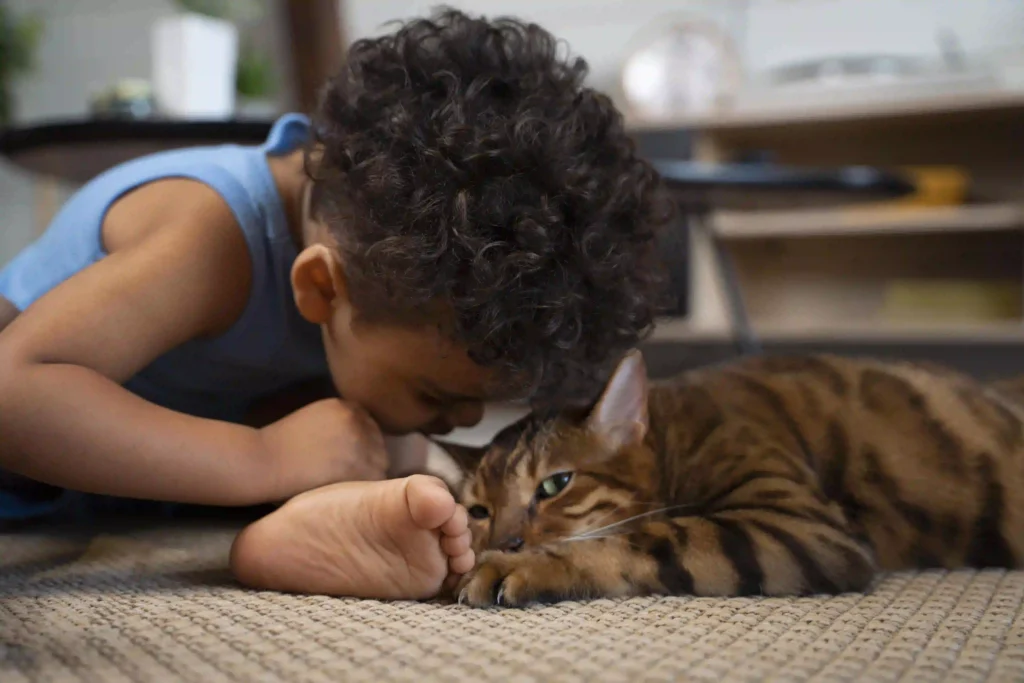
Cats use body language, vocalizations, and other signs to communicate in their unique language. In order to create a space that encourages happiness and relaxation, it is essential to comprehend these communication signals. By navigating your cat’s distinct behavioral terrain, you create a harmonious living environment where stresses are identified and lessened, enabling your furry friend to flourish in a safe and peaceful setting.
Provide a Safe Haven:
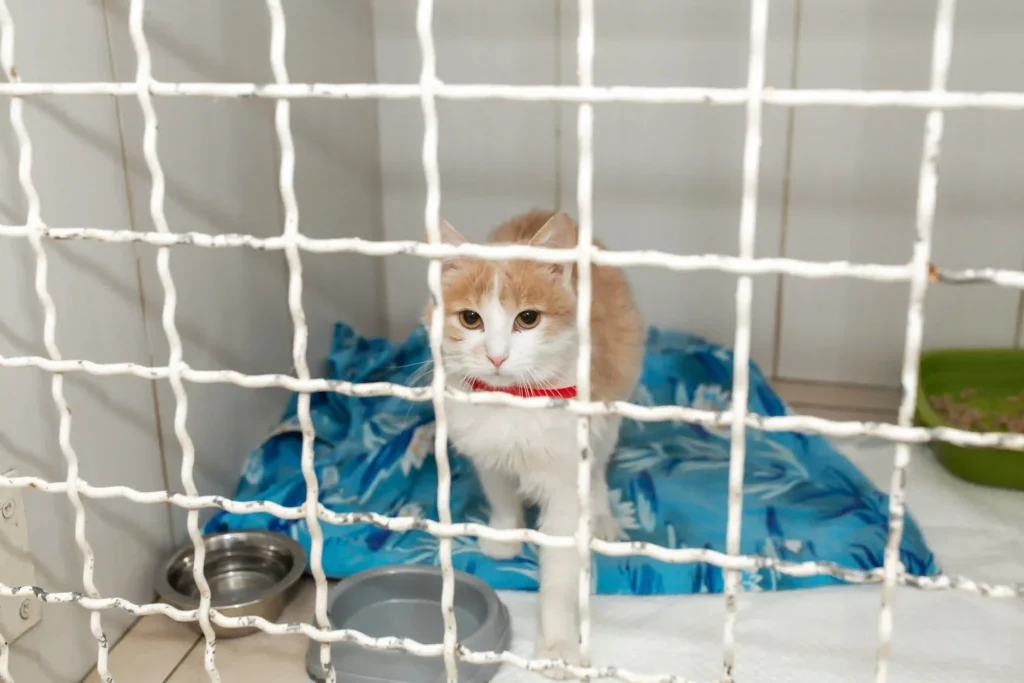
Recognizing your kitty companion’s sensitivity necessitates providing them with a distinct sanctuary within your home.
Make a peaceful and safe area for your cat to go to when the world becomes too much for him. Whether it’s a luxurious warm bed nestled away in a tranquil corner or a secret hiding location that provides a sense of security, these spaces become crucial refuges during stressful times.
By constructing a haven personalized to your cat’s tastes, you create a soothing retreat that helps them to reset, ensuring a harmonic balance between their need for social engagement and the requirement for times of calm solitude.
Routine and Consistency:
Implement a regular schedule in your cat’s life to create a predictable setting that encourages a sense of security. In this approach, you help to reduce anxiety and promote overall well-being.
- Stability Through Routine: A consistent daily routine offers stability, crucial for a cat’s mental and emotional well-being.
- Predictability: Cats thrive on predictability, and a structured routine helps create an environment where they know what to expect.
- Reduced Anxiety: The predictability of a routine reduces uncertainty, ultimately lowering anxiety levels in your feline companion.
- Feeding Schedule: Establish a regular feeding schedule, providing a dependable routine around mealtime.
- Playtime Rituals: Incorporate consistent playtime rituals into your daily routine, offering mental and physical stimulation.
- Designated Rest Periods: Ensure your routine includes designated rest periods, allowing your cat ample time for relaxation and rejuvenation.
- Consistent Sleeping Spaces: Maintain consistency in your cat’s sleeping spaces to reinforce a sense of security during rest.
- Transition Planning: When changes are necessary, plan transitions gradually to minimize disruptions to the established routine.
Interactive Playtime:
Nurturing your feline companion’s well-being entails more than just basic maintenance; it also includes the important feature of interactive playfulness.
“Cats are connoisseurs of comfort.”.
James Herriot
Regular participation in play sessions provides a dynamic channel for both mental and physical development. You may channel your cat’s extra energy and create a space for mental engagement and excitement by incorporating interactive toys and activities into their routine. This deliberate play promotes a healthier and more satisfied existence for your cat, reducing stress and cultivating a vibrant and pleased feline friend.
Gentle Handling and Affection:
The delicate art of careful handling and kind exchanges is required to cultivate a bond of trust and warmth with your feline partner. When approaching your cat, prioritize gentleness and affection while respecting their boundaries. Understanding and recognizing their interaction cues promotes a good link with human contact.

You may contribute to a harmonious connection based on trust and mutual understanding by providing a loving atmosphere in which your cat feels comfortable and valued. This technique not only strengthens your bond with your cat but also ensures that moments of affection become treasured exchanges, enhancing your feline friend’s general well-being.
Regular Veterinary Checkups:
Prioritizing your feline companion’s well-being necessitates a proactive approach, and regular veterinary exams are an essential component of this care. Make routine vet appointments to thoroughly check your cat’s health and address any potential conditions that may contribute to stress.
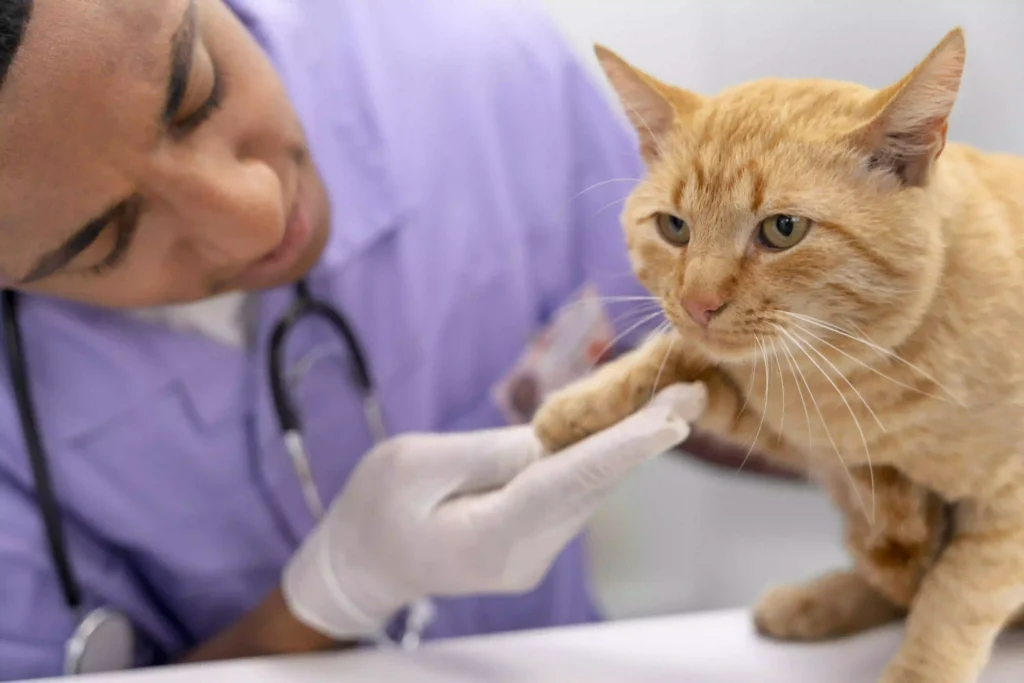
A healthy cat is not only better suited to deal with environmental difficulties, but they also benefit from early detection and management when it comes to health issues. By staying ahead of any problems with regular exams, you guarantee that your cat receives the best care possible, supporting both physical and mental well-being.
Conclusion:
Understanding your cat’s specific needs and fostering a caring atmosphere are both necessary for reducing anxiety and tension. By applying these 12 suggestions, you may provide cerebral stimulation, develop a sense of security, and improve your cat’s general well-being. A contented and stress-free feline companion leads to a peaceful home and a stronger link between you and your beloved pet.

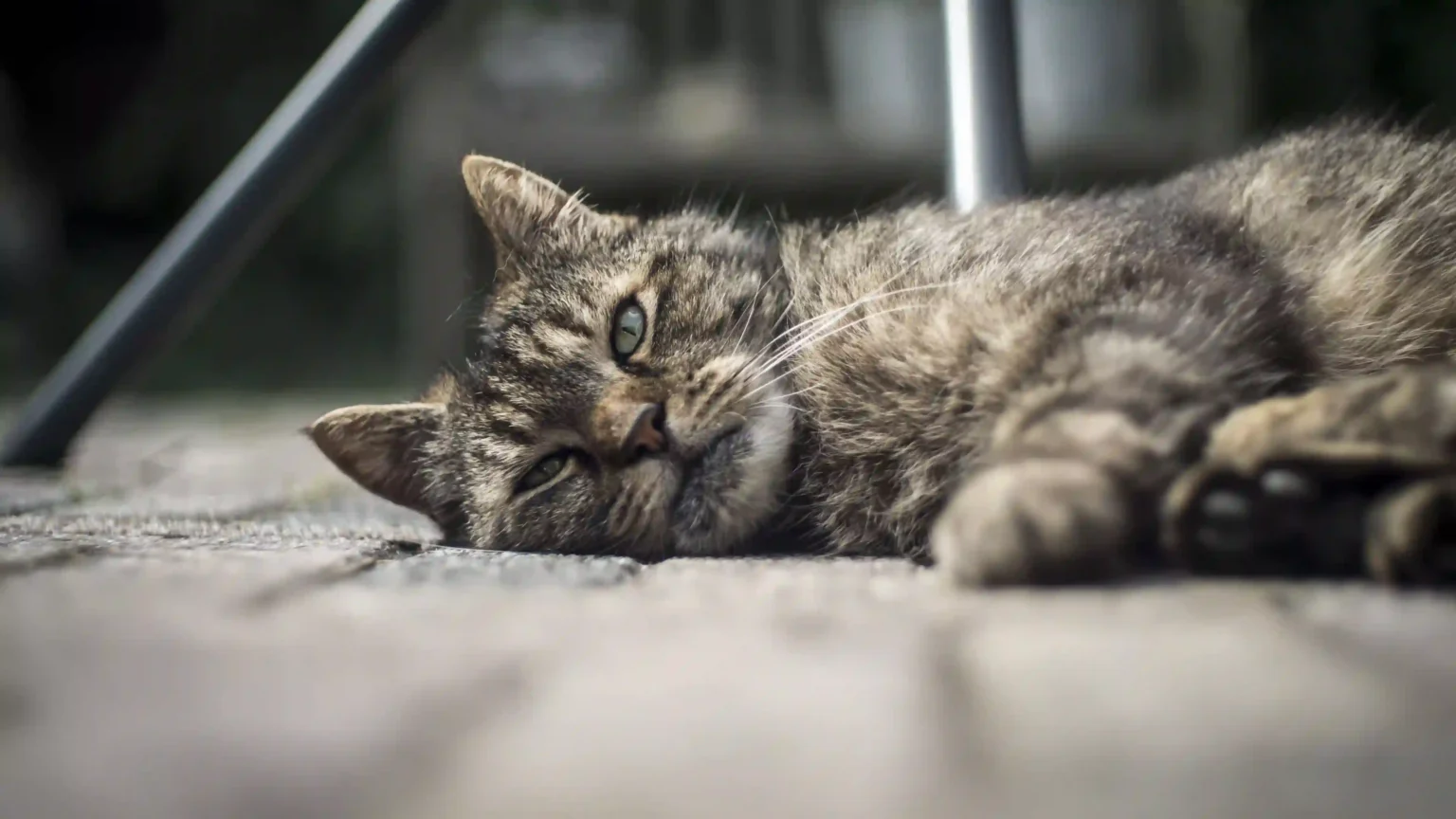
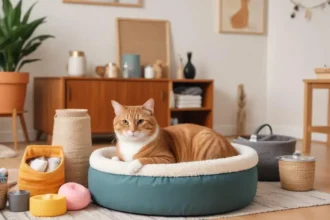
Can I just say what a aid to seek out someone who actually knows what theyre talking about on the internet. You undoubtedly know the way to deliver an issue to gentle and make it important. More individuals need to read this and understand this facet of the story. I cant believe youre not more standard since you positively have the gift.
Greetings! Very helpful advice on this article! It is the little changes that make the biggest changes. Thanks a lot for sharing!